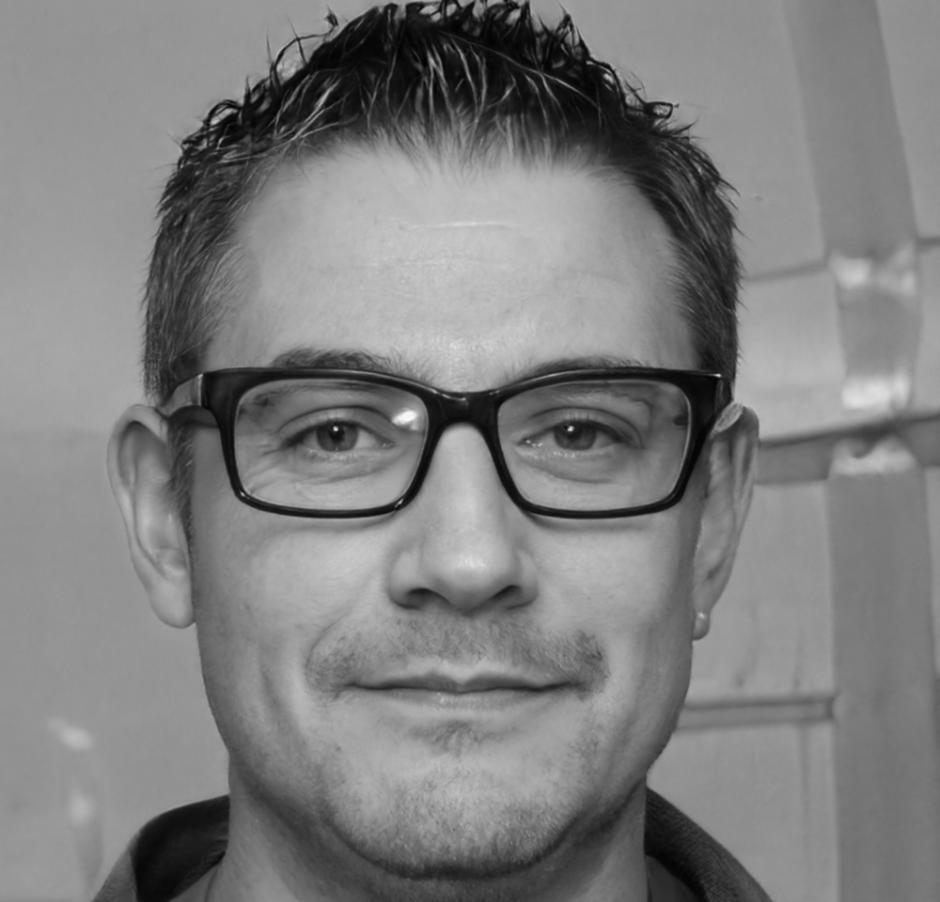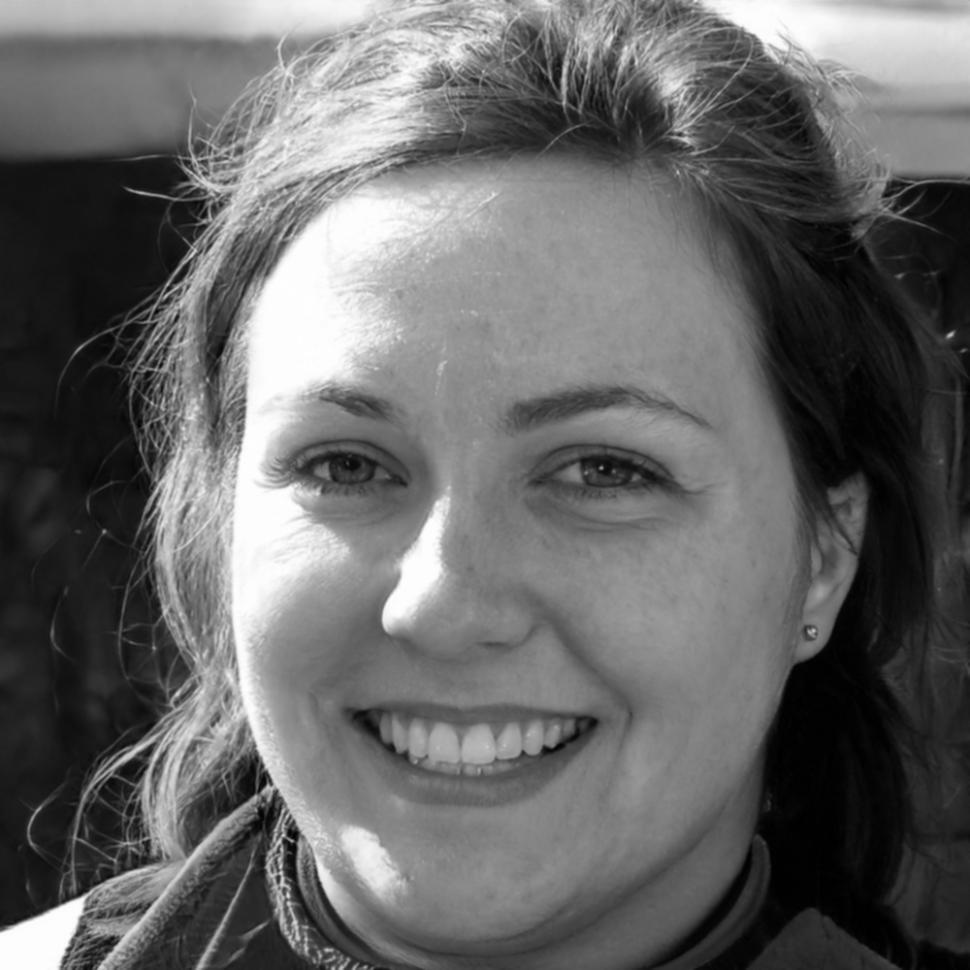Cash Flow Scenarios
Models that show you exactly when money gets tight and what levers you can pull before it becomes a problem.
We build forecasting models that strip away complexity and focus on what matters to your business. Not theoretical exercises, but frameworks you can actually use when making decisions about expansion, hiring, or weathering market shifts.
Start A Conversation
How We Approach This
Most financial modeling feels like overkill. Too many variables, too much noise, assumptions that sound impressive but don't reflect how your business really operates.
We start by understanding your actual constraints and opportunities. Then we build scenarios that test real questions: what happens if that new market takes six months longer to develop? If your biggest supplier raises prices by 15%? If you need to hire ahead of revenue growth?
Models that show you exactly when money gets tight and what levers you can pull before it becomes a problem.
Compare different expansion strategies with real numbers before committing resources you can't get back.
Identify which assumptions your plan depends on most, so you know where to focus your attention as things unfold.
Our team brings practical experience from running businesses, not just analyzing them from the outside. They've been in rooms where decisions had real consequences.

Senior Financial Analyst
Spent eight years building forecasting systems for mid-sized manufacturers in Brisbane. Hamish understands how production schedules, supplier relationships, and market timing all affect your numbers in ways spreadsheets don't always capture.

Scenario Planning Specialist
Bridget worked through the 2020 disruptions with hospitality and retail clients who had to rewrite their entire business models in weeks. She knows how to build flexibility into financial frameworks when the future refuses to cooperate with your assumptions.
We don't hand you a 200-page document and disappear. This is collaborative work that evolves as your understanding of the possibilities changes.
Learn More About UsWe spend time understanding how money actually moves through your business. Not just the accounting categories, but the timing, the dependencies, the seasonal patterns that affect everything else.
What are the real decisions you're facing? We build scenarios around those specific questions rather than generic best-case and worst-case frameworks that don't help much when you're choosing between actual options.
This is where we construct models that balance detail with usability. Detailed enough to be credible, simple enough that you'll actually refer to them when making decisions in August 2025 or March 2026.
We run the scenarios, look for blind spots, adjust assumptions based on your feedback. The goal is a tool that gives you confidence without creating false precision about an uncertain future.
Markets shift. Your business evolves. We stay engaged to help you update models as circumstances change, so the framework remains relevant beyond the initial engagement period.